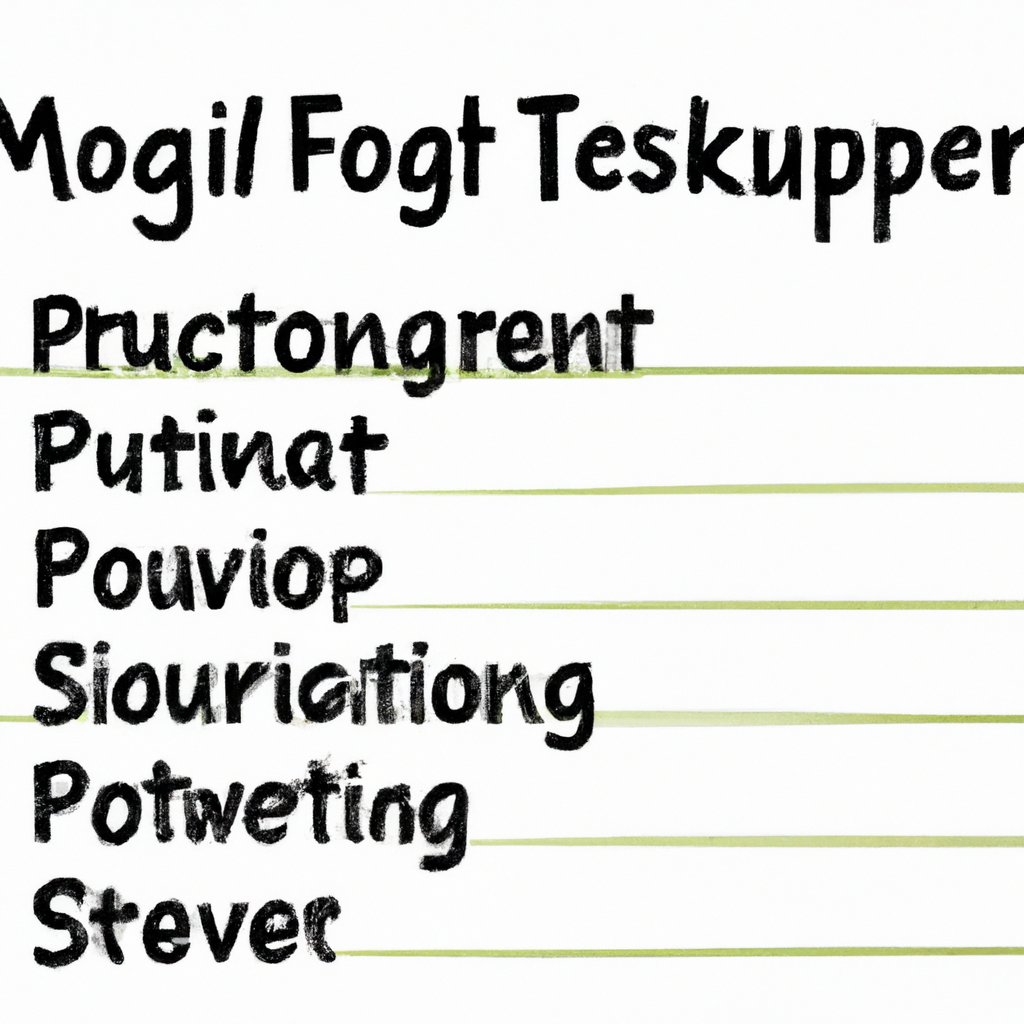Support/Resistance Trading Strategies
Support and resistance levels are key concepts in technical analysis that can help traders make informed decisions about when to enter or exit trades. By identifying these levels on a price chart, traders can anticipate potential price movements and set up trading strategies accordingly. In this article, we will explore some popular support/resistance trading strategies that traders can use to improve their trading performance.
Identifying Support and Resistance Levels
Support levels are price levels where a stock or market has historically had difficulty falling below, while resistance levels are price levels where it has had difficulty rising above. Traders can identify these levels by looking for areas on a price chart where the price has bounced off multiple times in the past, forming a horizontal line of support or resistance.
Trading Strategies Using Support/Resistance Levels
Once support and resistance levels have been identified, traders can use them to inform their trading decisions. Here are some popular trading strategies that utilize support and resistance levels:
1. Breakout Strategy
In a breakout strategy, traders look for price to break above a resistance level or below a support level. This can signal a potential trend reversal or continuation, and traders can enter a trade in the direction of the breakout. Stop-loss orders can be placed just below the breakout level to limit potential losses.
2. Bounce Strategy
In a bounce strategy, traders look to enter a trade when price bounces off a support or resistance level. This can provide a low-risk entry point, as traders can place stop-loss orders just below the support level or above the resistance level. The goal is to ride the price movement as it reverses from the support or resistance level.
3. Range Trading Strategy
In a range trading strategy, traders look to buy at support levels and sell at resistance levels within a trading range. This strategy works well in sideways markets where price is moving within a defined range. Traders can set profit targets at the resistance level and stop-loss orders just below the support level.
Conclusion
Support and resistance levels are important tools for traders to use in their trading strategies. By identifying these levels on a price chart and using them to inform trading decisions, traders can improve their chances of success in the markets. Whether using breakout, bounce, or range trading strategies, incorporating support and resistance levels into your trading can help you make more informed and profitable trades.


